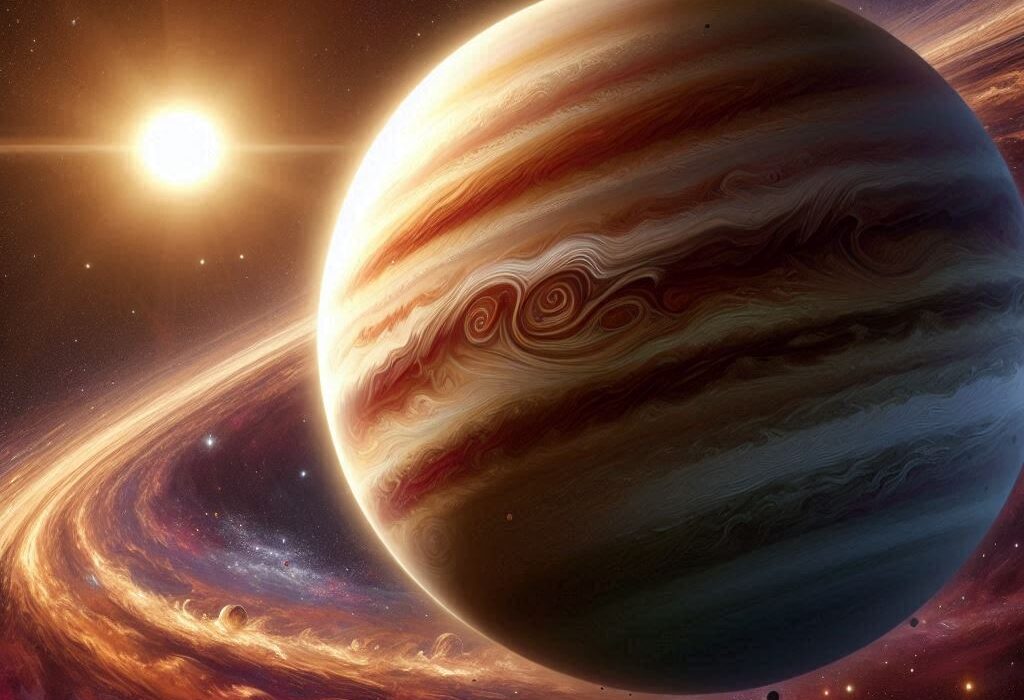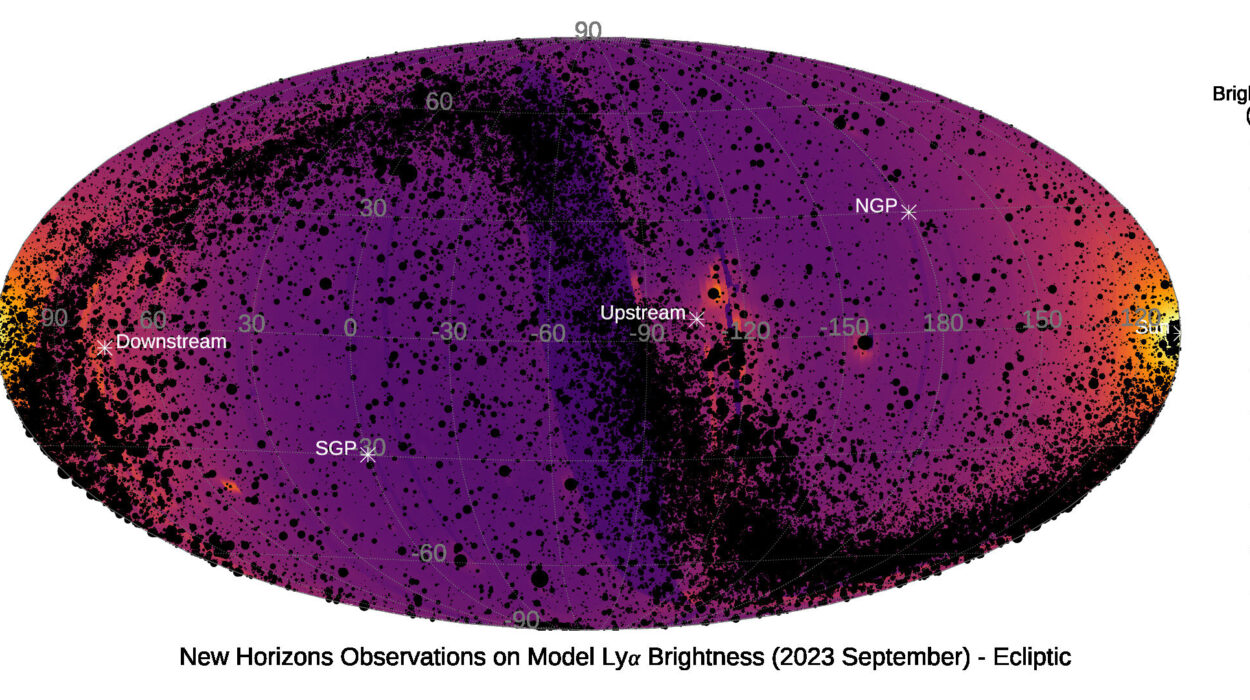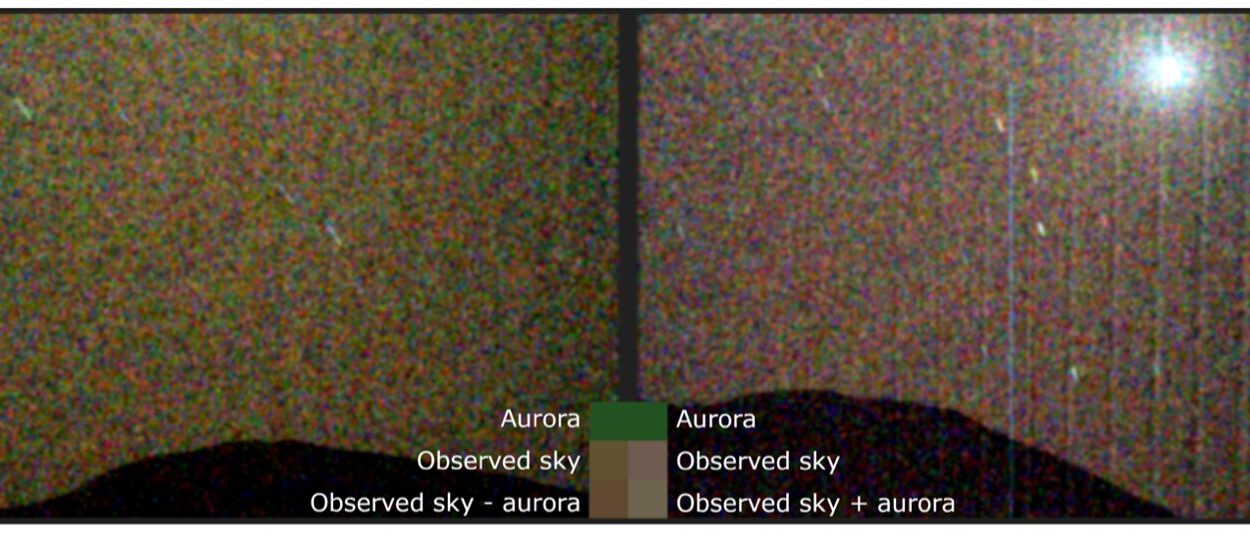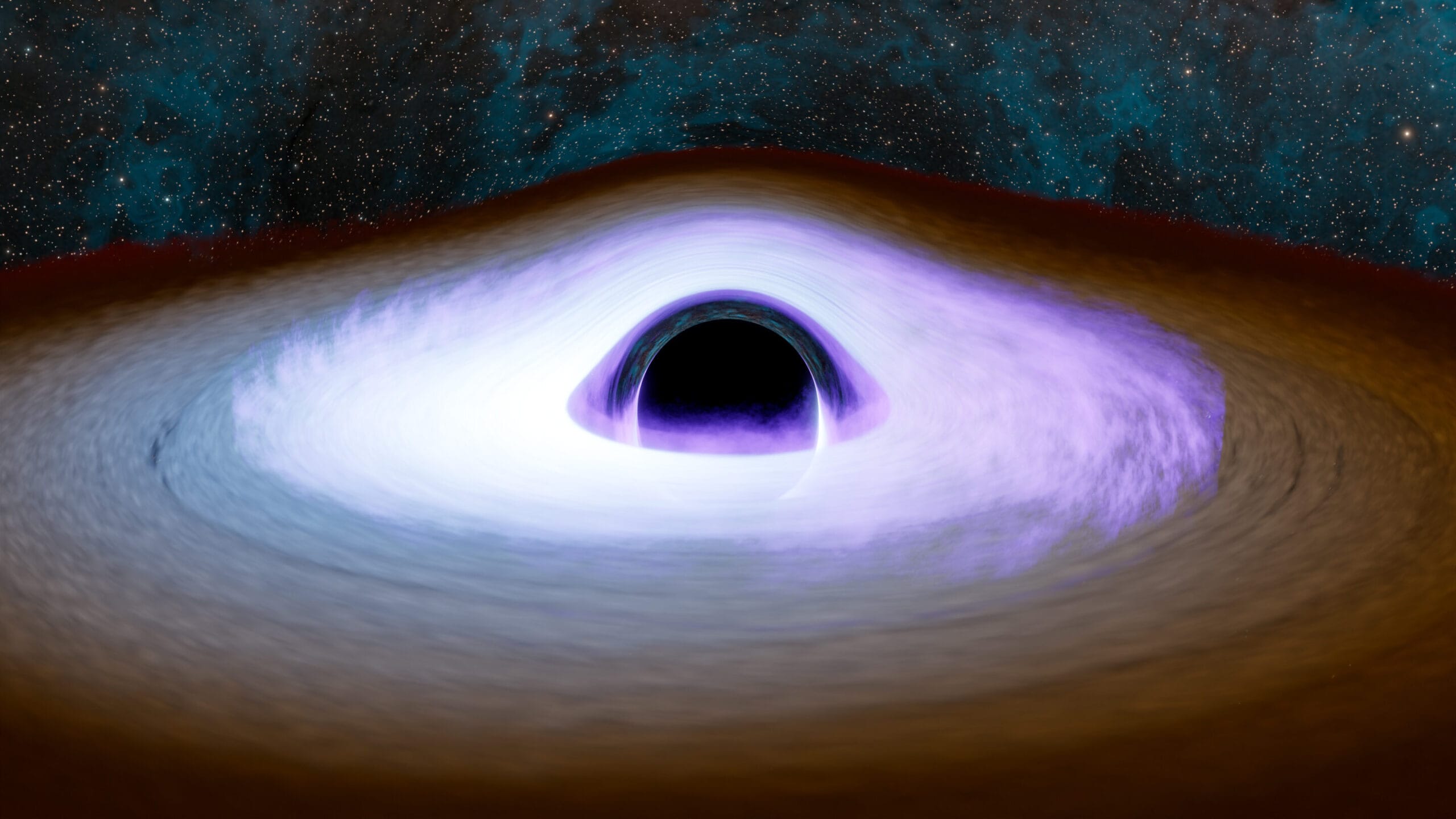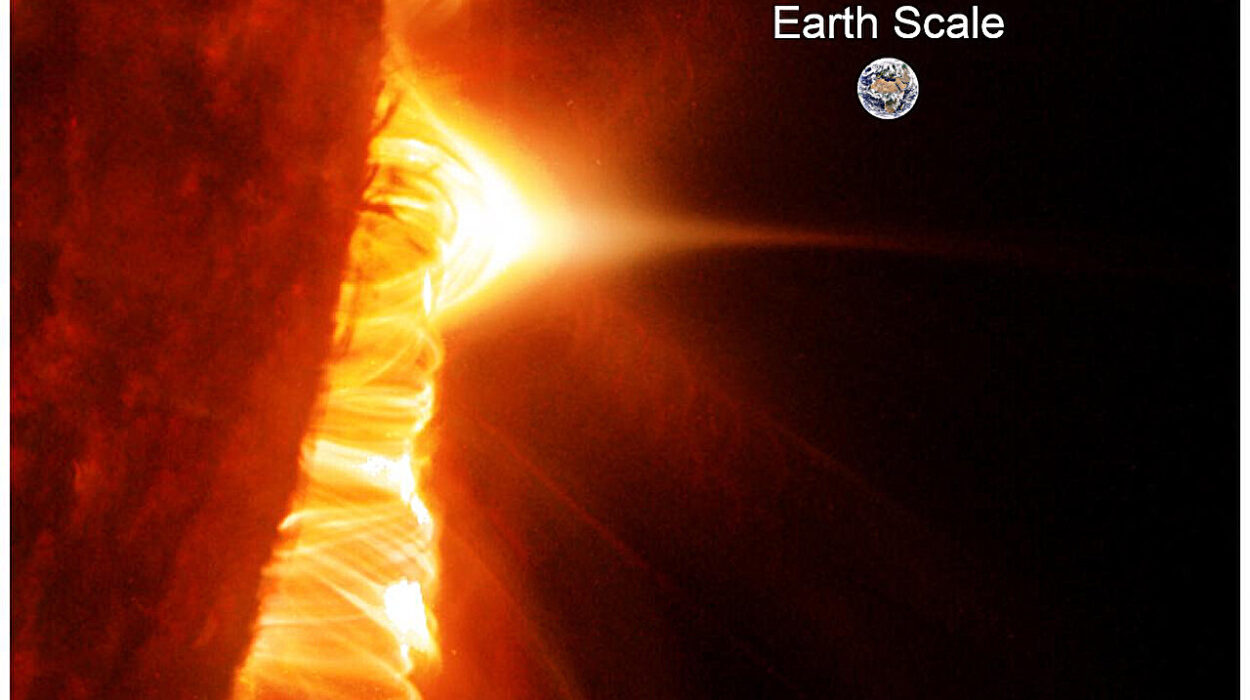At the bottom of the Pacific Ocean, hidden within ancient layers of crust, scientists have uncovered a clue that may link Earth’s history to a spectacular cosmic event: the death of a star. Buried in these rocks is an unusual concentration of beryllium-10, a rare isotope that might have been delivered to our planet by the shockwaves of a nearby supernova millions of years ago.
This discovery has reignited one of astronomy’s most intriguing mysteries—did a colossal stellar explosion ripple across the solar neighborhood and leave fingerprints on Earth’s geology?
The Isotope That Tells a Story
Beryllium-10, or 10Be, is no ordinary element. It is not forged in the hearts of stars or in Earth’s crust but instead created when high-energy cosmic rays—particles racing through space at nearly the speed of light—smash into atoms in Earth’s upper atmosphere. When these collisions occur, rare isotopes like 10Be are formed and eventually settle into soil, ice, and ocean sediment.
Because of its long half-life of about 1.4 million years, 10Be acts like a cosmic time capsule, preserving traces of astrophysical events long after they occurred. By analyzing its concentration in ancient rocks, researchers can peer back into Earth’s past and look for extraordinary events that left chemical imprints.
Earlier this year, Dominik Koll and his team at the Helmholtz-Zentrum Dresden-Rossendorf in Germany set out to study 10Be in deep-ocean crusts to refine dating techniques for these geological layers. What they found, however, was far more dramatic than expected. Roughly 10 million years ago, the concentration of 10Be in the Pacific Ocean shot up—far beyond the levels normally explained by background cosmic ray activity.
The Supernova Hypothesis
Why would the levels of 10Be suddenly spike? One explanation is mundane: perhaps ocean currents shifted, carrying more of the isotope from Earth’s poles into the Pacific. But another possibility is far more exciting—that a star exploded close enough to Earth to bombard our planet with a flood of cosmic particles.
Supernovae, the cataclysmic deaths of massive stars, are among the most violent events in the universe. They release unimaginable amounts of energy, briefly outshining entire galaxies. If such an explosion occurred within about 100 parsecs of Earth—that’s 326 light-years—it could leave chemical and isotopic signatures in our planet’s geological record.
To test whether such an event might explain the anomaly, another team of scientists, led by Efrem Maconi at the University of Vienna, turned to stellar cartography. They reconstructed the past orbits of the Sun and 2,725 star clusters, tracing their movements back over 20 million years to see whether any of them passed close enough to Earth to produce a nearby supernova at the right time.
Tracing Stellar Footprints
The analysis yielded striking results. According to Maconi’s team, there is a 68% chance that at least one massive star exploded within 100 parsecs of Earth during the period when the 10Be spike appeared. The chance of a much closer explosion—within about 35 parsecs, or 114 light-years—was smaller but still plausible at 1%.
Even more intriguingly, the researchers identified 19 star clusters that each had at least a 1% chance of producing such a supernova. Among them, two stood out as especially promising candidates: ASCC 20 and OCSN 61, both located in the Orion star-forming region. Orion, famous for its brilliant belt of stars, has long been known as a stellar nursery where massive, short-lived stars are born and die in fiery explosions.
If one of these clusters birthed a star that exploded near our solar system 10 million years ago, its shockwaves may have sent cosmic rays cascading into Earth’s atmosphere, producing the surge of 10Be now preserved in the Pacific crust.
The Evidence and the Doubt
While the findings strongly support the supernova theory, the case is not yet closed. To confirm a cosmic origin for the anomaly, scientists need to find matching 10Be spikes in other deep-ocean crusts around the world. If similar signatures appear globally, the explanation would almost certainly point to a universal astrophysical cause like a nearby supernova.
On the other hand, if the anomaly is limited only to the Pacific, a terrestrial explanation such as shifting ocean currents becomes far more likely. Nature, after all, often offers simpler answers than cosmic fireworks.
This is the challenge of studying deep time: the evidence is scattered, faint, and vulnerable to reinterpretation. Just as detectives reconstruct events from the faintest of clues, scientists must piece together cosmic history from isotopes, stardust, and orbital models.
A Universe That Touches Us
Regardless of whether this particular anomaly was caused by a supernova, the research highlights an awe-inspiring truth: Earth is not isolated from the cosmos. The deaths of stars can shape life and geology on our planet, sending showers of particles that leave subtle yet detectable marks even millions of years later.
In fact, scientists already know of other cases where supernovae have likely left their traces on Earth. Evidence of iron-60, another radioactive isotope, has been found in ocean crusts and lunar soil, suggesting nearby stellar explosions within the last few million years. Such discoveries remind us that Earth has always been part of a much larger cosmic drama.
The Story Continues
For now, the mystery of the 10Be spike remains unsolved. Was it a supernova blazing in Orion, a stellar titan whose death briefly brushed our world with cosmic fire? Or was it the quieter but no less powerful rearrangement of Earth’s oceans, redistributing isotopes in ways that mimic cosmic events?
The answer lies hidden in the rocks beneath our oceans, waiting for scientists to dig deeper, to analyze more samples, to compare records across the globe. Each core drilled from the ocean floor may bring us closer to knowing whether a star once died close enough to Earth to leave its signature in stone.
What is certain is that this research connects us more deeply to the universe. Every anomaly in the crust, every spike in isotopes, is a reminder that our planet is not a sealed-off world but a participant in the life cycle of stars. And whether or not this particular event was caused by a supernova, the evidence whispers of the grand cosmic truth: we live in a universe that touches us, and we, in turn, are made of its stars.
More information: E. Maconi et al, The late Miocene 10Be anomaly and the possibility of a supernova, Astronomy & Astrophysics (2025). DOI: 10.1051/0004-6361/202556253

